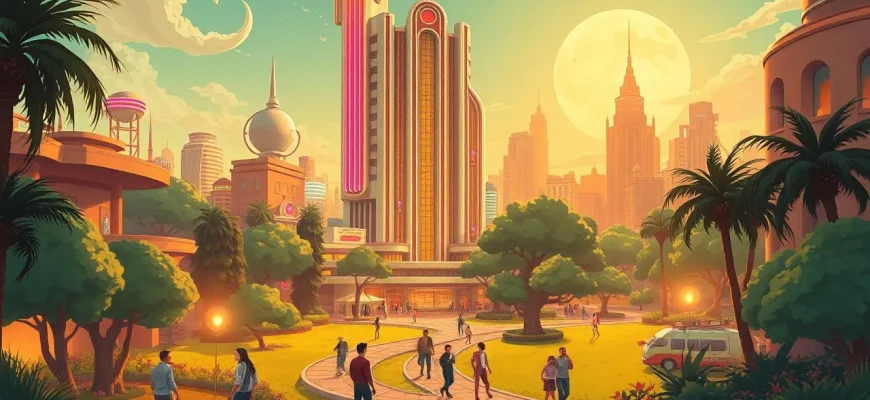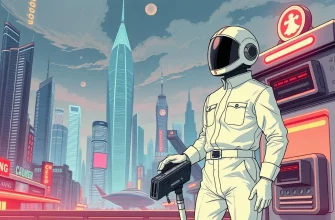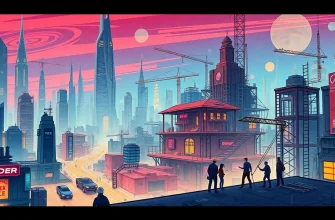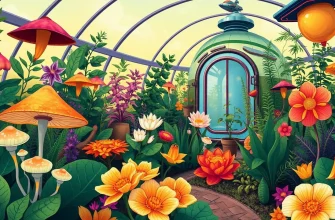If you're fascinated by the intricate designs of buildings and the boundless possibilities of science fiction, this curated list of films is just for you. Here, architecture isn't just a backdrop; it's a central character, shaping narratives and influencing the very fabric of the future. From dystopian cities to utopian landscapes, these films offer a visual feast and a thought-provoking exploration of how architecture can define our future. Whether you're an architecture enthusiast or a sci-fi aficionado, these movies will captivate your imagination and leave you pondering the role of design in shaping our world.
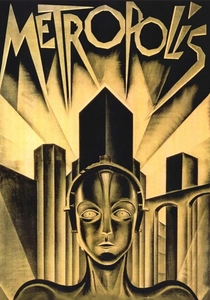
Metropolis (1927)
Description: This silent film classic features a futuristic cityscape, where the architecture reflects the stark division between the working class and the elite, making it a seminal work in sci-fi cinema.
Fact: Fritz Lang's vision for the city of Metropolis was so detailed that it influenced countless future depictions of futuristic cities. The film was considered lost until a nearly complete print was discovered in Argentina in
 Watch Now
Watch Now
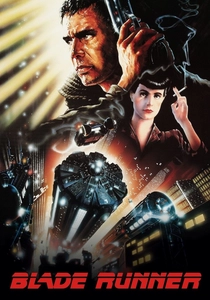
Blade Runner (1982)
Description: Ridley Scott's vision of a dystopian Los Angeles in 2019, where towering skyscrapers and neon-lit streets create an unforgettable architectural landscape.
Fact: The film's production design was influenced by the work of French artist Moebius. The iconic Tyrell Corporation pyramid was inspired by Mayan architecture.
 Watch Now
Watch Now
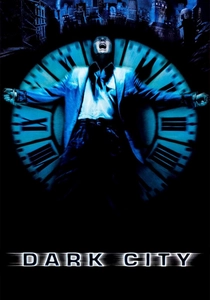
Dark City (1998)
Description: A city where time stands still, and the architecture is constantly reshaped by mysterious beings, offering a unique exploration of architectural manipulation.
Fact: The film's sets were built on a soundstage, allowing for the city to be physically altered during filming. The film's noir aesthetic was inspired by German Expressionism.
 Watch Now
Watch Now

The Fifth Element (1997)
Description: Luc Besson's film features a vibrant, multi-layered city where architecture is both functional and fantastical, reflecting a society where every space is utilized.
Fact: The film's production design was so extensive that it took over a year to build the sets. The opera scene was inspired by the works of Jean-Paul Gaultier.
 Watch Now
Watch Now
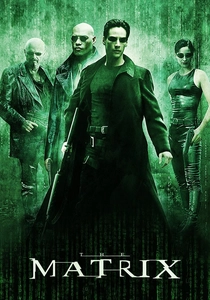
The Matrix (1999)
Description: While not explicitly about architects, the film's virtual reality constructs and the city of Zion showcase architectural design as a means of control and liberation.
Fact: The Wachowskis drew inspiration from various sources, including cyberpunk literature and anime. The film's "bullet time" effect revolutionized action sequences in cinema.
 Watch Now
Watch Now
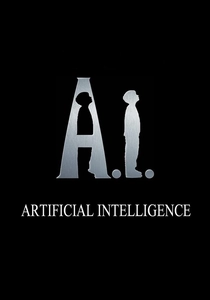
A.I. Artificial Intelligence (2001)
Description: In this Steven Spielberg film, the futuristic city of Rouge City showcases how architecture can evolve to accommodate a society where humans and robots coexist.
Fact: The film was originally conceived by Stanley Kubrick, who passed the project to Spielberg after his death. The film's visual effects were groundbreaking for their time.
 Watch Now
Watch Now

Equilibrium (2002)
Description: In this dystopian future, the city's architecture reflects the sterile, emotionless society, with clean lines and a lack of personal expression in design.
Fact: The film's director, Kurt Wimmer, also wrote the screenplay. The film's visual style was influenced by fascist architecture, particularly the works of Albert Speer.
 Watch Now
Watch Now
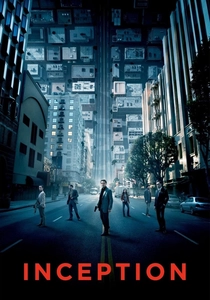
Inception (2010)
Description: Christopher Nolan's mind-bending masterpiece where architects design dream worlds, showcasing the power of architecture in creating and manipulating reality.
Fact: The film's dream sequences were inspired by the works of surrealist painters like Salvador Dalí. The Penrose stairs, a famous optical illusion, were recreated for the film.
 Watch Now
Watch Now
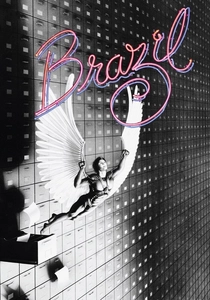
Brazil (1985)
Description: Terry Gilliam's dystopian satire where the oppressive bureaucratic society is reflected in its cold, oppressive architecture, with hidden beauty in the most unexpected places.
Fact: The film's title was inspired by the song "Aquarela do Brasil," which plays during the opening credits. The set design was influenced by the works of M.C. Escher.
 30 Days Free
30 Days Free
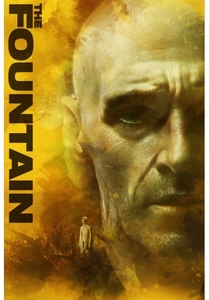
The Fountain (2006)
Description: In this visually stunning film, architecture plays a pivotal role in the narrative, with the Tree of Life being a central architectural element that spans across different timelines and dimensions.
Fact: The film was initially conceived as a trilogy but was condensed into one feature. Darren Aronofsky, the director, also co-wrote the screenplay.
 30 Days Free
30 Days Free

